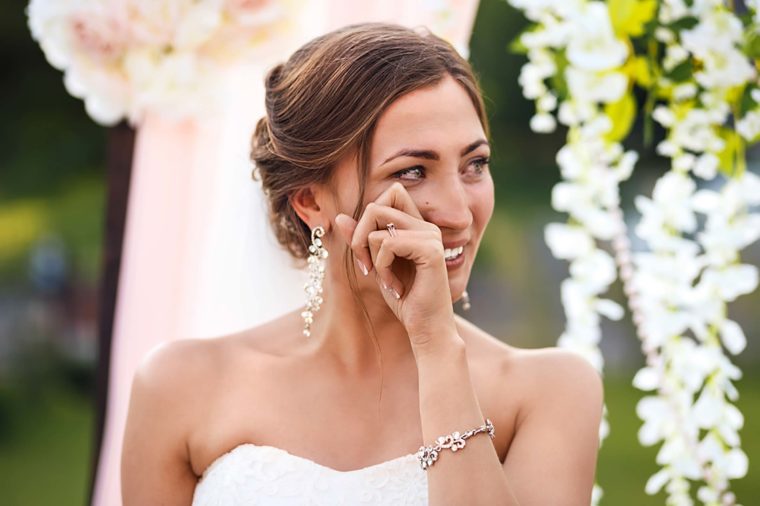We’ve all had moments when we start crying because we’re so overjoyed. It may be from something sentimental, like when you see a loved one who’s been away from home for a while, or something not as sentimental, like when your favorite team wins the game. But while a good cry does have these physical and emotional benefits, it’s easy to get confused once the tears start flowing. If you’re not sad, why are you crying?
As Oriana R. Aragón, a psychologist that studies emotion regulation and facial expressions, told Fatherly, “People can have negative expressions, but feel positive feelings.” Crying during happy times intensifies those moments. It makes the amazing feeling of happiness even greater.
When we cry, our tears release neurotransmitters known as leucine encephalin. They act as natural painkillers. If you cry because you’re sad, leucine encephalin helps you feel better. If you cry because you’re happy it makes you feel that much happier. (We also cry while chopping onions. This is the science behind why that happens.)
But why do we start crying in the first place? The answer to that is a little more complicated. It involves a theory that says our brain cannot differentiate between positive and negative emotions. Jordan Gaines Lewis, a professor of psychiatry at Penn State, explains that when the happy and sad signals get their wires crossed in our brains, it activates the parasympathetic nervous system. This system works to calm our body down after experiencing trauma by releasing the neurotransmitter acetylcholine. Acetylcholine is what makes the tears start flowing.
So even if you really don’t want to cry when you walk down the aisle at your wedding in fear of ruining your makeup, there’s a pretty high chance it’s going to happen. But embrace those mascara lines running down your face and enjoy your moment of being really, really happy.
If you’re in the mood for a good cry right now, try watching these 10 tearjerker movies for that emotional release.












